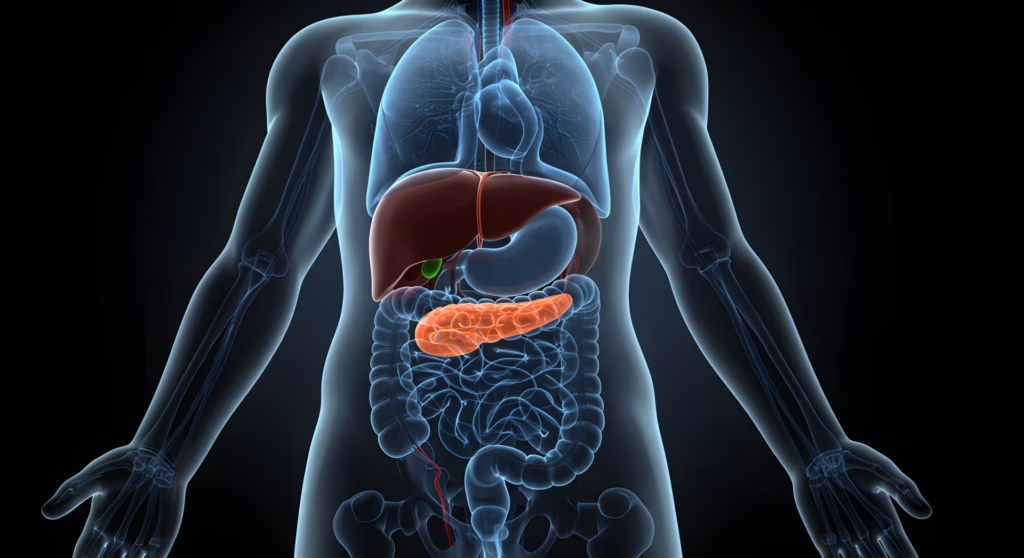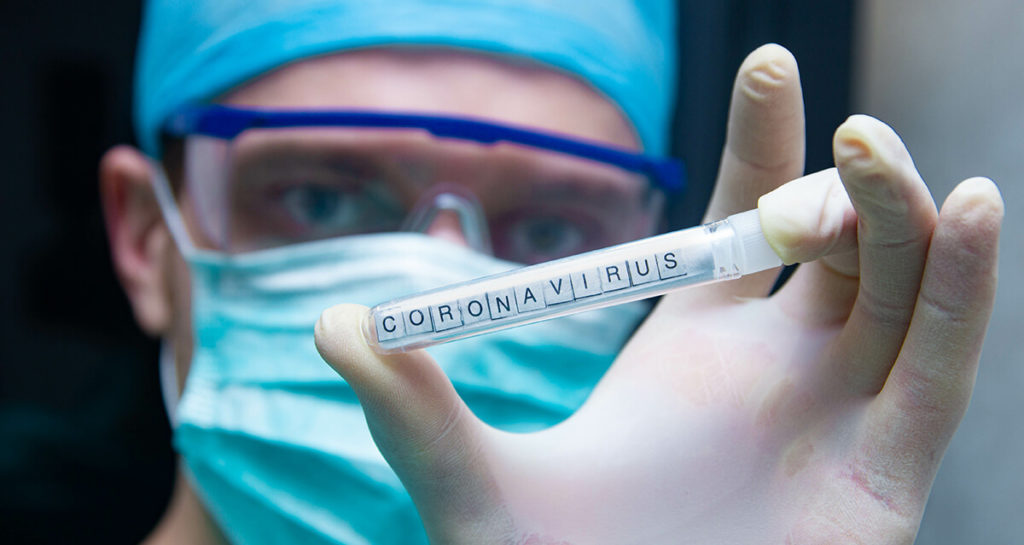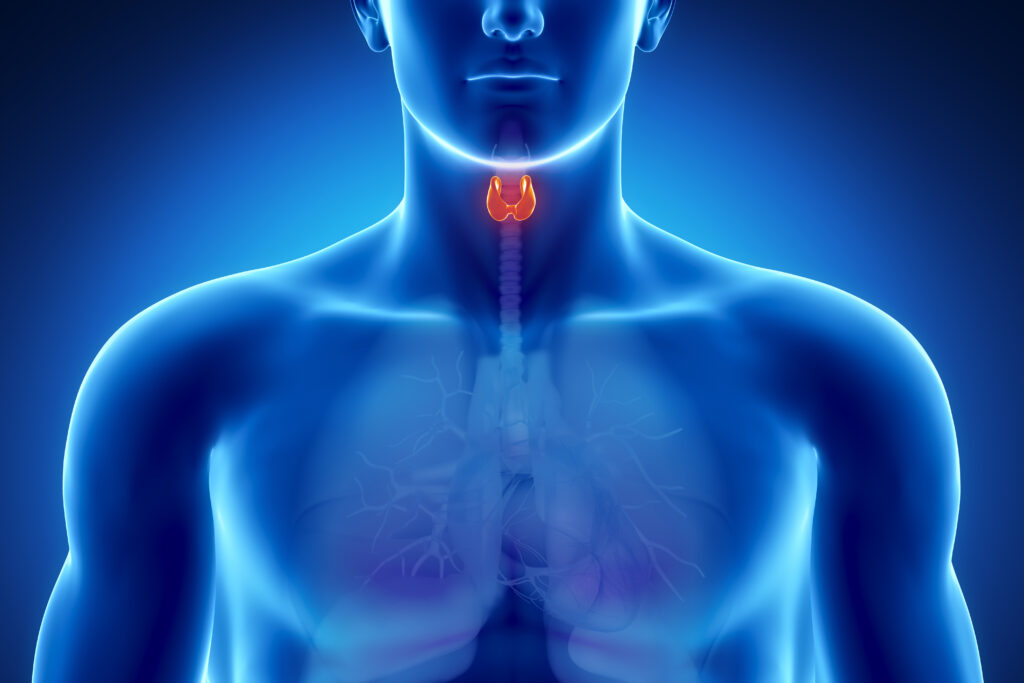Search Results
Showing Results for coronavirus

Coronavirus disease 2019 (COVID-19) is a life-threatening infection caused by severe acute respiratory syndrome coronavirus 2 (SARS-CoV-2).1 Diabetes mellitus is one of the most frequent comorbidities, related to hospitalization due to SARS-CoV-2 infection, as well as a risk factor for disease severity, ...

Dipeptidyl peptidase-4 (DPP-4) is a ubiquitous, multifunctional, 766-amino acid, type 2 transmembrane glycoprotein, which participates in the regulation of metabolic functions, immune and inflammatory responses, cancer growth and cell adhesion.1 It has two forms: the first is a membrane-bound form, which ...

Thyroid nodules are common worldwide, and their prevalence is increasing. Most nodules are asymptomatic and detected incidentally on cross-sectional imaging or physical examination. In rare cases (10–15%), nodules are malignant and require diagnostic evaluation. Even malignant nodules frequently show non-aggressive behaviour.1 ...

Despite the increasing body of knowledge of treatment strategies for diabetes, many patients with type 2 diabetes mellitus (T2DM) are still in a persistent state of poor glycaemia.1,2 In clinical practice, achieving optimal glycaemic targets is challenging; the reasons are ...

Type 2 diabetes (T2D) is one of the most common chronic noncommunicable diseases, its incidence is exponentially increasing and is one of the leading causes of morbidity and mortality worldwide.1 As of 2021, T2D ranked among the top causes of ...

Cushing’s disease (CD), or pituitary-dependent Cushing’s syndrome, is almost always caused by corticotroph tumours, a type of pituitary neuroendocrine tumour, which overproduces adrenocorticotrophic hormone (ACTH), ultimately leading to hypercortisolism and its associated clinical consequences, including increased mortality.1 The ...

During more than 30 years of clinical practice as a gynaecologist, I have observed that very few novel medications have had a significant impact in the field of women’s health. There have been additions to selective oestrogen receptor modulators (SERMs), ...

Plan language summary Background The global COVID-19 pandemic resulted in an increased incidence of infection with Black fungus (Mucormycosis). However, the disease characteristics, chances of spread of infection and complications are not well known. Aim of the study We tried ...

The American Association of Clinical Endocrinology (AACE) recently released a comprehensive and updated guideline on the prevention and management of diabetes.1 The guideline is aimed at assisting healthcare professionals in delivering person-centred optimal care at different phases of diabetes. The ...

On 31 December 2019, the World Health Organization (WHO) was notified of several cases of pneumonia of unknown aetiology in Wuhan, China. After a relatively short period, officials confirmed the first case of coronavirus disease 2019 (COVID-19) reported outside of China, in Thailand, ...

Wounds on the feet, known as diabetic foot ulcers (DFUs), are a major complication of diabetes. DFUs can become infected, leading to amputation of the foot or lower limb. Patients who undergo amputation experience significantly reduced survival rates.1 In previous ...

We read, with great interest, the editorial entitled “Can Serum Cortisol be Used to Monitor Patients with COVID-19?”.1 The authors have discussed a novel concept regarding COVID-19; however, consideration for the practical implications of this approach seemed limited. Cortisol is ...

Management of patients with severe COVID-19 remains a challenge for physicians. In severe cases of COVID-19, a hyperactive innate immune response characterized by high serum levels of proinflammatory markers, known as a ‘cytokine storm’, is characteristically present. The cytokine storm ...

Hydroxychloroquine has been in clinical use for decades, being extensively used by rheumatologists across the globe for different autoimmune disorders (rheumatoid arthritis, lupus and Sjögren‘s syndrome, among others), across all age groups and including during pregnancy. Novel coronavirus ...

The role of testosterone is well established in health and disease.1 Testosterone is known to mediate physical, mental and reproductive health. Its role has been discussed in gender-specific variations related to conditions as diverse as cardiovascular, autoimmune, psychiatric and oncological ...

The coronavirus disease 2019 (COVID-19) pandemic is an occurring global public health crisis due to the spread of the severe acute respiratory syndrome coronavirus 2 (SARS-CoV-2).1 In December of 2019, a low respiratory tract infection of unknown cause emerged in Wuhan, Hubei Province, ...

The coronavirus disease 2019 (COVID-19) pandemic has spread rapidly to become a global health threat. The disease is caused by severe acute respiratory syndrome coronavirus-2 (SARS-CoV-2), a novel β-coronavirus that belongs to a family of enveloped RNA viruses, the coronaviruses.1 While ...

I work in a semi-rural practice in South-West Scotland, in one of three practices based in a purpose-built medical centre. As with most NHS general practices we are furnished with relatively outdated computer hardware and old software. Our practice, however, ...
Latest articles videos and clinical updates - straight to your inbox
Log into your Touch Account
Earn and track your CME credits on the go, save articles for later, and follow the latest congress coverage.
Register now for FREE Access
Register for free to hear about the latest expert-led education, peer-reviewed articles, conference highlights, and innovative CME activities.
Sign up with an Email
Or use a Social Account.
This Functionality is for
Members Only
Explore the latest in medical education and stay current in your field. Create a free account to track your learning.

